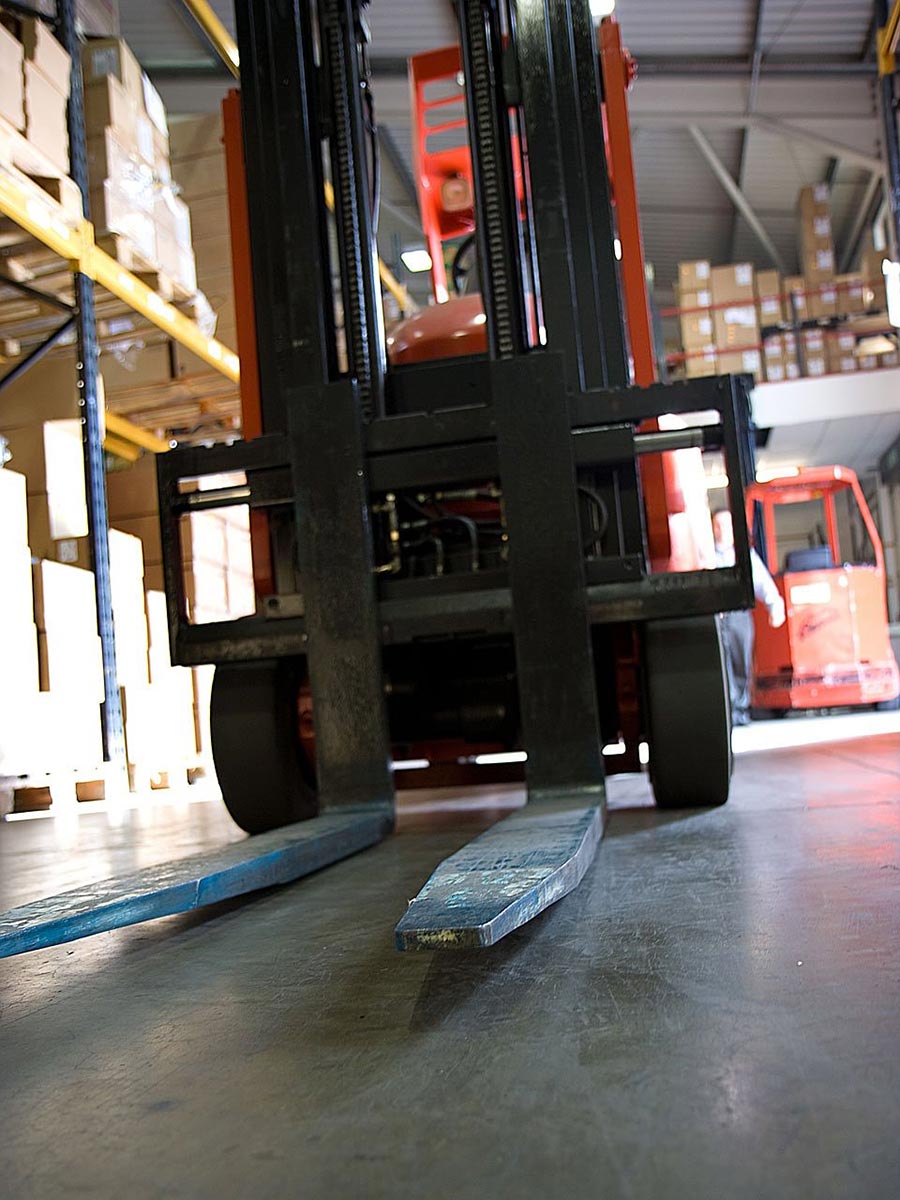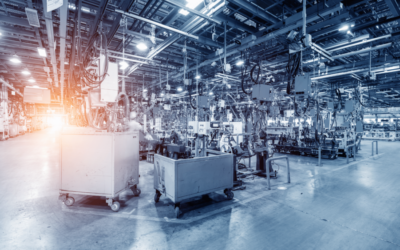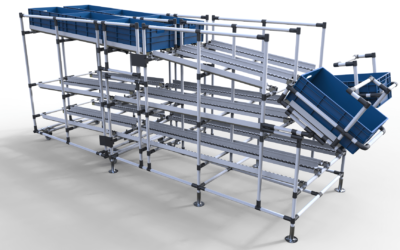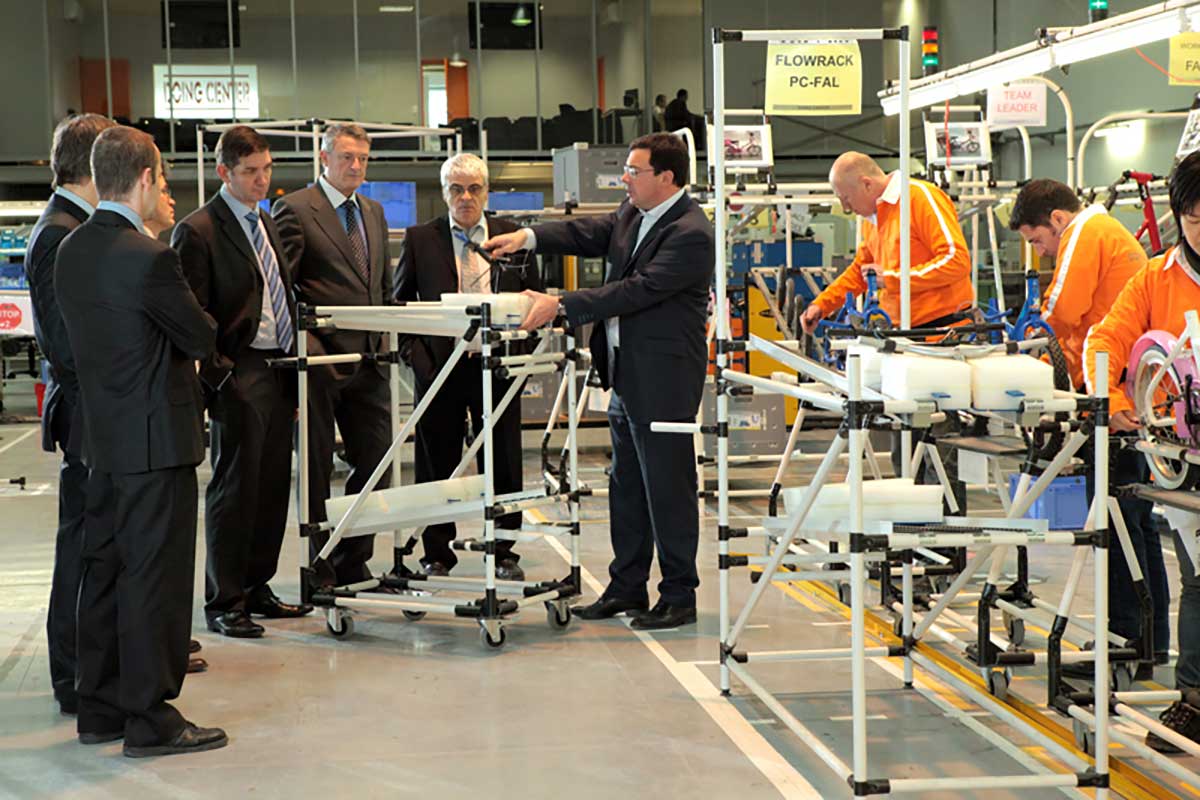This is part 3 of a multi part series. Read part 1 for background on forklift usage, and part 2 for our perspective on why going forklift free should be an operational priority.
Part two of this series introduced two perspectives on the forklift free subject – one viewpoint that understands it and is trying to figure out how to implement it, one viewpoint that doesn’t understand what all the fuss is about and why things need to change. My goal is to move everyone into the first camp (and beyond – into implementation), so I started with the second viewpoint by making the case for why this is a critical objective.
Now is the time to look at the first perspective – how do we get this done?
There’s two aspects to any change initiative that must be considered: Social – which involves people, interactions, creating buy in, and showing positive steps to the goal and Technical – which involves analysis, implementation plans, and solution details. Each side is present through the implementation of the result, but the initial focus is more social and educational, then progresses to technical solutions.
I’m going to highlight a couple elements from each sphere that are relevant to this particular challenge.
This is an initiative that can be, but does not have to be driven by executive management. Management at any level with a reasonable degree of authority can take this on as a challenge, clearly understand and communicate the benefit, and implement it quickly to prove the concept. The budget required to implement a test system is within local budget authority and can be combined with other initiatives without requesting additional capital. So whether it’s executive management or local management, the key to success is to mandate the outcome – say that it will happen and make it come true, then extend from there. The goal here is 0 – 0 forklifts in people traffic areas, 0 product damage from forklifts, 0 forklift accidents.
Action talks. General bias towards action is good, even better for actions with 6 month or shorter payback periods – and that’s what we see with typical fork free initiatives. There is no reason to wait on a high power, low risk initiative that improves safety, benefits productivity, and reduces cost.
Do ENOUGH Analysis
This is a proven initiative that has worked in hundreds of implementations, it’s not a guess. There are technical aspects to the system design, but there are no technical questions as to whether it will work. The only questions that need to be answered are for your environment, your culture, your team, your process, and how to ensure the success is duplicated. You have to do enough analysis to ensure you’re implementing the right zone or path first, that you’re not leaving anything out, and that you’re not risking downtime, but make sure to balance the analysis phase with the “start today” mantra.
Carts and Tuggers, Tuggers and Carts
That’s Where Forklift Free Starts
Change the forklift for a tugger, put your pallets / repacks / knockdown bins / containers in a cart train, and watch the magic happen. It’s that easy – no need to overcomplicate it. Yes, you need to figure out if you want a standard cart train or mother daughter carts and check the technical details of functionality, but those are not obstacles.
Don’t skimp on the carts – work with a partner who knows what they are doing and can show fork free implementation successes. The improvement in safety, longevity, and capability with carts made well using high quality, tow line casters is worth the additional investment, which is a small part of the overall system.
Starting in this way changes the easy parts of the equation (the forklift), without changing the difficult part of the equation (packaging and parts), while setting you up to take the next step. Start with the carts, and then plan the next activity to break the packaging down to reduce space, inventory, and handle complexity.
How many initiatives do you have that payback in 6 months, and simultaneously create marked improvements in safety, flow, productivity, and cost? Launch your forklift free initiative with multi-functional benefits – happy finance folks (less capex and opex), HSE (safety), materials (flow), and production / operations (productivity, cost).
Commit to making it happen, and cement that commitment with action today.




